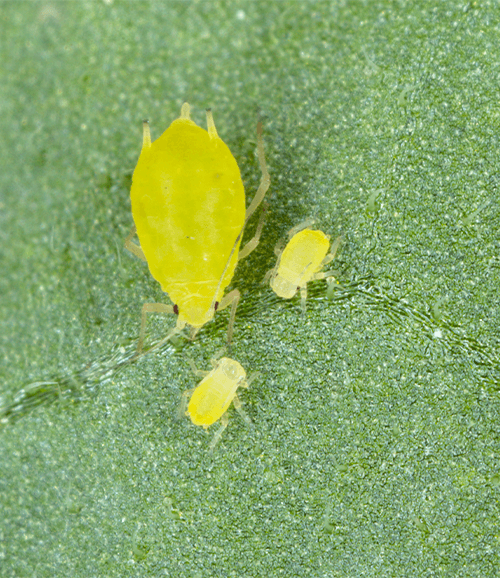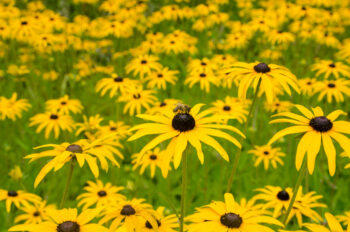The beauty and health of your landscape rely on the proper care and maintenance of trees and shrubs. However, insects can pose a significant threat to the well-being of these plants, leading to damage, disease, and even death if left unaddressed.
In this article, we will explore effective strategies for insect control for trees and shrubs, ensuring that your landscape remains vibrant, lush, and pest-free. For help with landscaping, check out our landscaping installation service page.
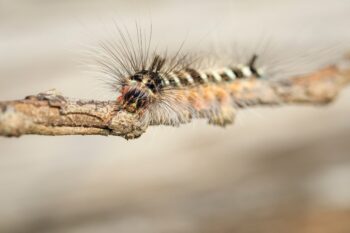
Understanding Common Insects and Their Impact
Before delving into insect control methods, it’s crucial to familiarize yourself with the most common insects that can infest trees and shrubs.
These include aphids, scale insects, mites, caterpillars, and borers. These pests can cause a range of issues, such as:
Damage to Foliage: Insects like aphids and caterpillars feed on the leaves, defoliating or causing yellowing and wilting.
Sapping Nutrients: Scale insects and mites extract vital nutrients from the plants, weakening them over time and inhibiting healthy growth.
Introducing Diseases: Some insects, such as borers, not only cause direct damage but can also introduce diseases into the trees and shrubs they infest.
Integrated Pest Management (IPM)
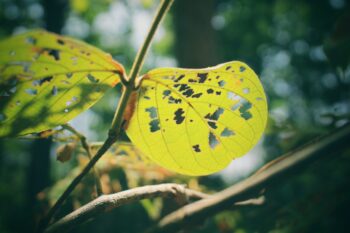
Implementing an Integrated Pest Management (IPM) approach is crucial in effectively controlling insects while minimizing the use of harmful chemicals. IPM involves the combination of various strategies to monitor, prevent, and control pests. Key components of IPM for insect control in trees and shrubs include:
Regular Inspections: Conduct periodic inspections of your trees and shrubs to identify signs of insect damage, such as leaf discoloration, chewed foliage, or holes in the bark. Early detection is key to preventing infestations from spreading.
Cultural Practices: Maintaining tree and shrub health through proper care practices is essential. This includes watering adequately, providing adequate sunlight, and ensuring proper soil fertility. Healthy plants are more resilient to insect attacks.
Biological Control: Encourage natural predators and beneficial insects that prey on harmful pests. For example, ladybugs and lacewings can help control aphids, while praying mantises and wasps prey on caterpillars.
Mechanical Control: In cases where infestations are localized, employing physical removal methods can be effective. This can involve manually picking off insects, pruning infested branches, or using sticky traps.
Selective Pesticide Use: As a last resort, targeted and judicious use of pesticides may be necessary. Select insecticides that specifically target the pests causing damage, while minimizing harm to beneficial insects, humans, and the environment. Always follow label instructions and consider consulting a professional for guidance.
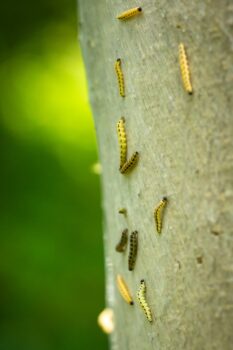
Preventative Measures
Prevention is always preferable to a full-blown infestation. Incorporate these preventative measures into your landscape care routine to reduce the risk of insect damage:
Plant Selection: Choose tree and shrub species that are known to be resistant or tolerant to common pests in your area.
Proper Planting: Ensure proper planting techniques are followed, including digging the right-sized hole, backfilling with quality soil, and providing adequate water during establishment.
Regular Pruning: Regularly prune trees and shrubs to maintain their structure, improve airflow, and remove any diseased or infested branches. Take care of your trees and shrubs, hire us for trimming services.
Mulching: Apply a layer of organic mulch around the base of trees and shrubs to conserve moisture, suppress weed growth, and deter certain pests.
Quarantine Measures: When introducing new plants to your landscape, inspect them carefully for any signs of pests or diseases to avoid introducing problems.
Conclusion
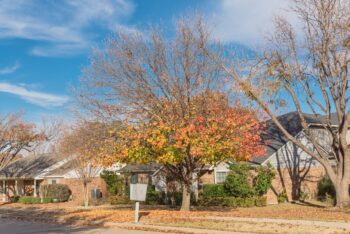
Insects can significantly impact the health and vitality of your trees and shrubs. By implementing integrated pest management techniques and incorporating preventative measures, you can effectively control insect populations and reduce the risk of damage to your landscape.
Regular monitoring, informed decision-making, and professional guidance, when needed, will help ensure the long-term beauty and health of your trees and shrubs, providing you with a vibrant and thriving landscape to enjoy for years to come.

